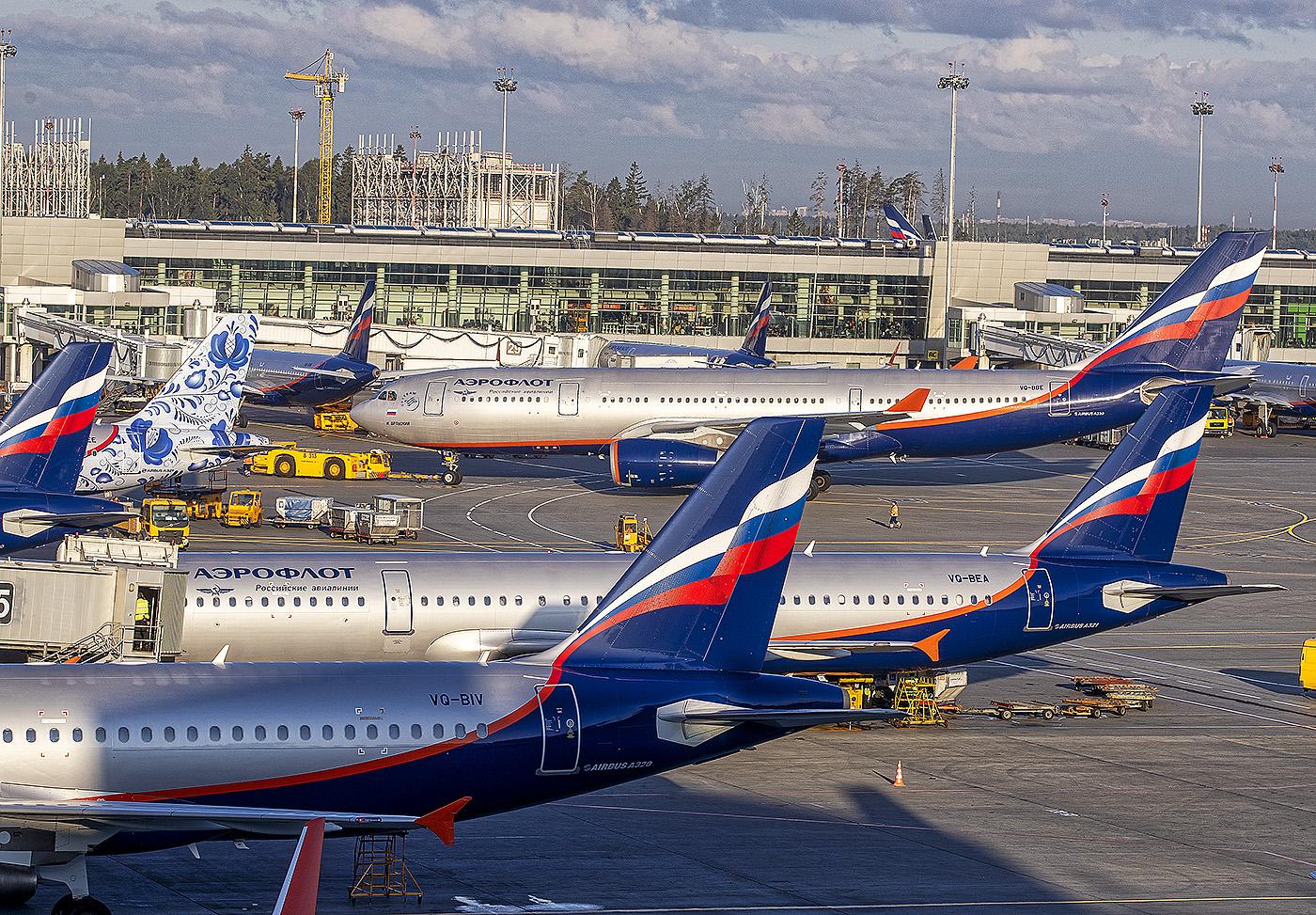
This week's Flight Friday looks at the fallout from the Russia-Ukraine war, as it relates to Russian operators.
Shortly after the Feb. 24, 2022, invasion, the EU issued a total flight ban on all Russian aircraft over EU airspace. Russia immediately countered with the closure of its airspace to 36 countries, including the entire EU. Then Russian operators seized aircraft that they had leased from non-Russian lessors, placing them on the Russian (RA-) aircraft register. With sanctions placed on Russia, this cut Russian operators off from spare parts for their Boeing and Airbus aircraft. However, Russia has managed to keep aircraft in the air.
With sanctions came travel restrictions, as some countries banned flight to/from Russia. So it comes as little surprise that the international traffic flown by Russian operators is below 50% of the equivalent month in 2019. Russia decided to pivot to their domestic market and over the summer months of 2022, flight time was up 20% on the equivalent month in 2019. That domestic figure, however, has begun to drop to below the equivalent month in 2019 during the first few months in 2023, possibly suggesting that sanctions on aircraft and engine parts are beginning to take effect.
Russia has already begun to cannibalize several aircraft, and the country is building up capabilities leading to the production of replacement parts for their Boeing and Airbus aircraft. With the “western” airworthiness certificates revoked on these aircraft, the Russian-registered Boeing and Airbus aircraft will not find a home outside of Russia even when the war comes to an end.
This data was put together using Aviation Week’s Tracked Aircraft Utilization tool.
